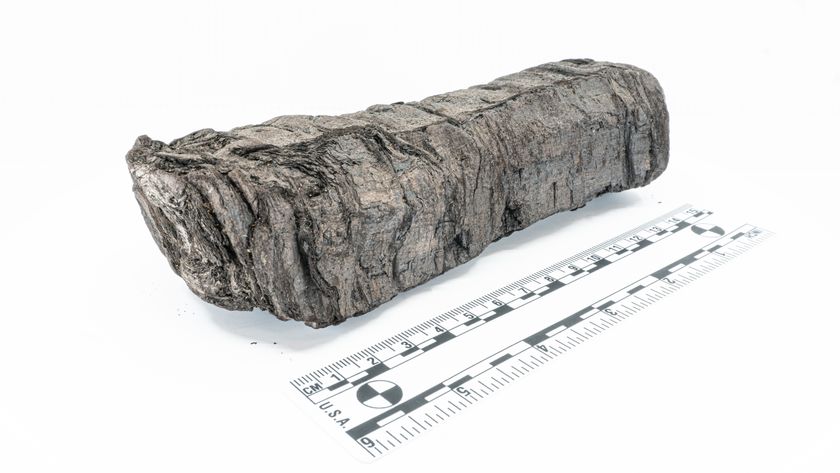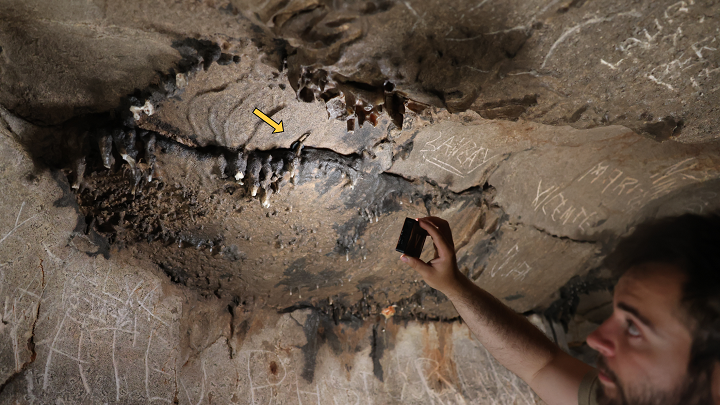Gallery: Ancient Roman Kids' Shoes
Roman Child's Shoe
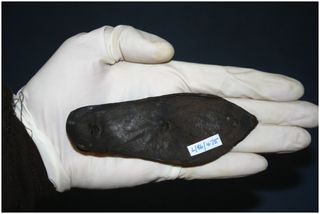
Tiny shoes found at Vindolanda, a Roman fort in northern Britain, reveal that families were a part of Roman military life between the first and fourth centuries A.D.
Fancy Roman Infant Shoe
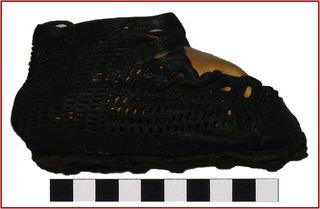
Roman kids wore shoes that reflected their parents' status. This leather sandal with a complicated pattern would have been worn by the fort bigwig's infant child.
Soldier's Child Shoe
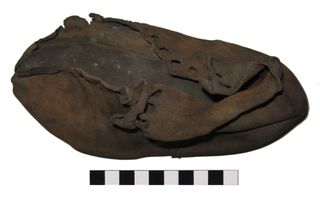
Meanwhile, the children of soldiers wore miniature versions of the fell boot, the basic marching boot of the Roman army.
Roman Carbatina
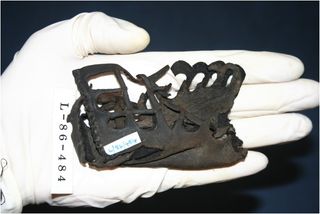
The carbatina was a popular shoe for children, because it could be fastened easily with one lace and even tightened or loosened as a child grew.
Boot Studs
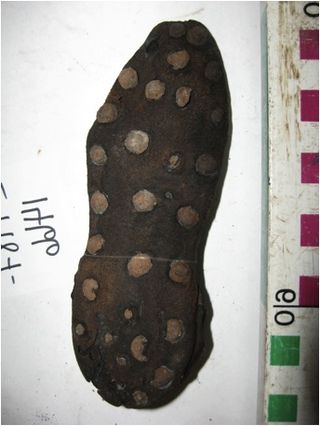
Utilitarian iron studs on the soles of children's shoes found in Roman army barracks. Large, widely space studs may have saved money, since metal was expensive.
Fancy Roman Carbatina
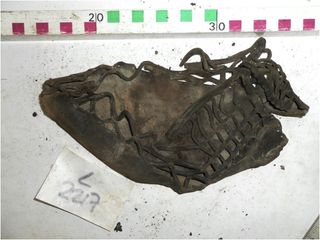
This detailed carbatina shoe for a child was found in the centurion's, or officer's quarters, illustrating how higher-status individuals could afford nicer shoes for their children.
Decorated Sandal
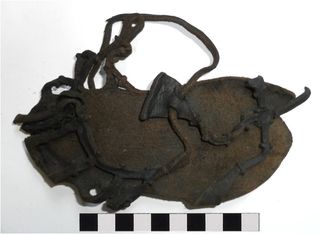
Only one shoe at the fort fails to fit the pattern of nicer footwear for kids of higher social class. This sandal used little leather, so may have been inexpensive, but its triangle-and-rosette decorations are fancier than a typical soldier's child's shoe. This sandal was found in the barracks of the rank-and-file soldiers.
Sign up for the Live Science daily newsletter now
Get the world’s most fascinating discoveries delivered straight to your inbox.

Stephanie Pappas is a contributing writer for Live Science, covering topics ranging from geoscience to archaeology to the human brain and behavior. She was previously a senior writer for Live Science but is now a freelancer based in Denver, Colorado, and regularly contributes to Scientific American and The Monitor, the monthly magazine of the American Psychological Association. Stephanie received a bachelor's degree in psychology from the University of South Carolina and a graduate certificate in science communication from the University of California, Santa Cruz.
